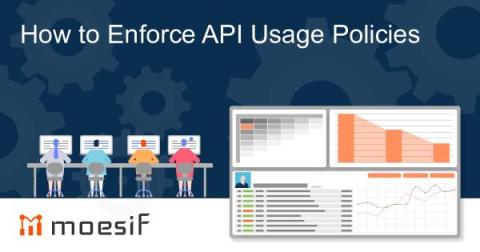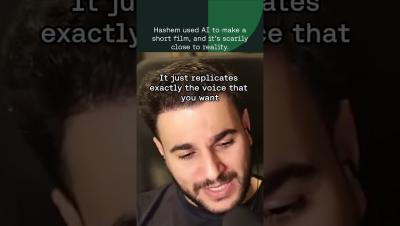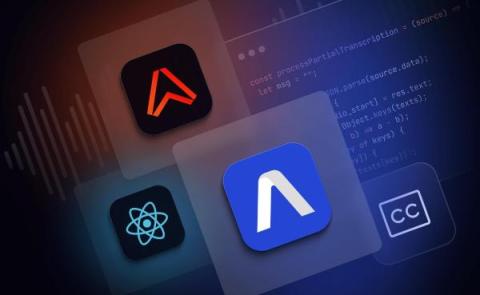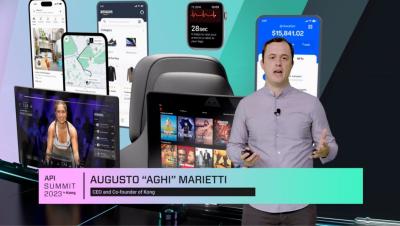Systems | Development | Analytics | API | Testing
%term
Testing RESTful Endpoints with ReadyAPI
How to Enforce API Usage Policies
One of the most difficult aspects of creating an API service for public consumption is the balance between developer control and user freedom. Ensuring that users can leverage an API to new heights requires a certain amount of freedom, both in modality of usage and in applicability of the use case. The security of underlying systems and the API itself relies on controlling this usage and ensuring a level of control for the greater good.
Hashem used AI to make a short film, and it's scarily close to reality.
9 Underutilized Marketing Channels for Small Businesses in 2024
Build a realtime closed-caption system in React, AssemblyAI and Ably
Closed-captioning for television systems was first demonstrated in the early 1970s. Realtime closed-captioning was developed later in the early 1980s. Here, stenotype operators who type at speeds of over 225 words per minute provide captions for live television programs, allowing the viewer to see the captions within two to three seconds of the words being spoken was developed later in the early 1980s.
Cartrack Fleet Integration with Linx
Cartrack is widely used for fleet management, and they offer a web service to manage jobs, customers and drivers. This post covers how you can integrate your system and the Cartrack API with Linx. The idea is to provide a base template solution to make it easier to integrate with the Cartrack API. Bring your integration requirement, add your system connectors and call the Cartrack API with the provided functions.











